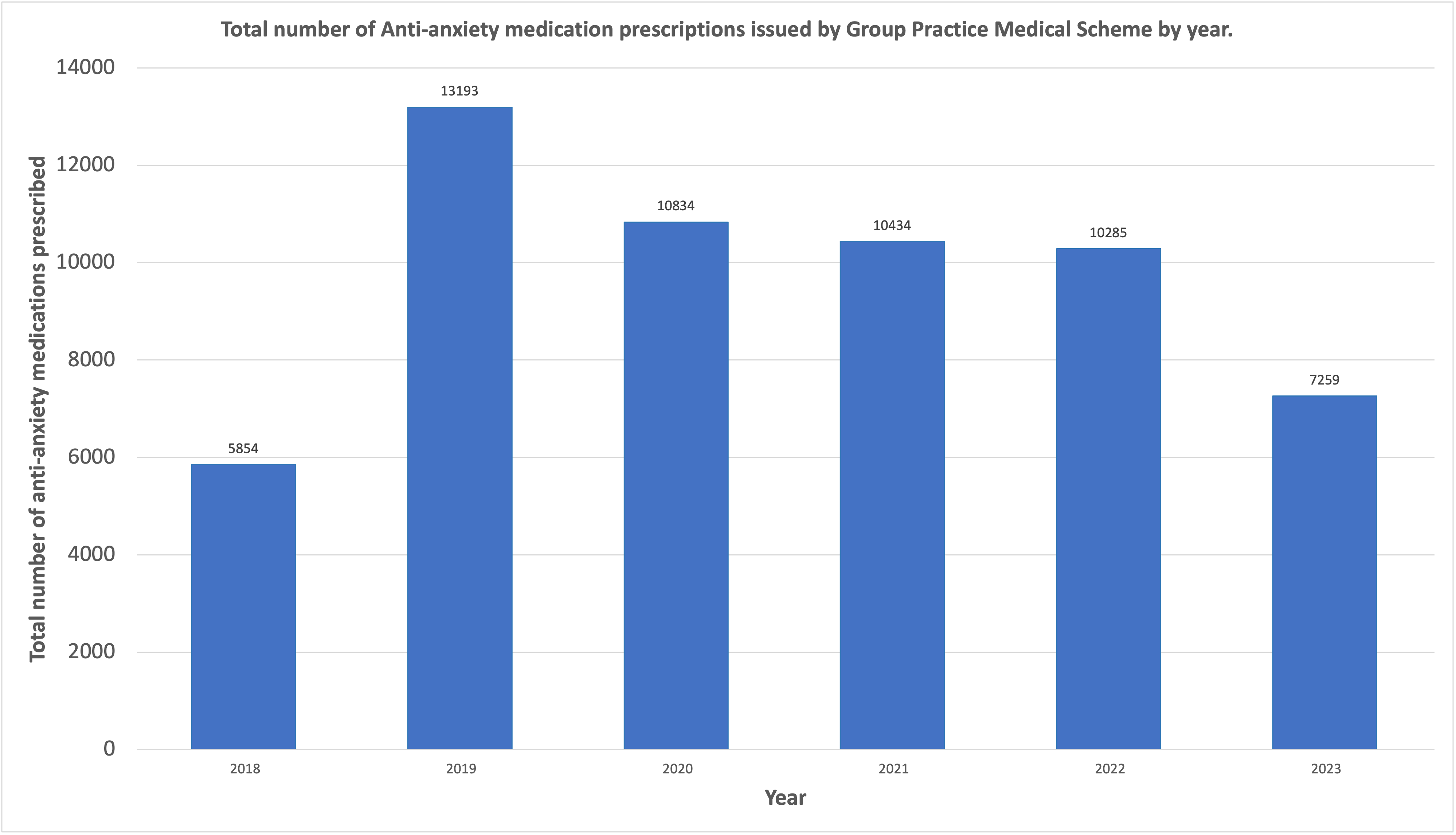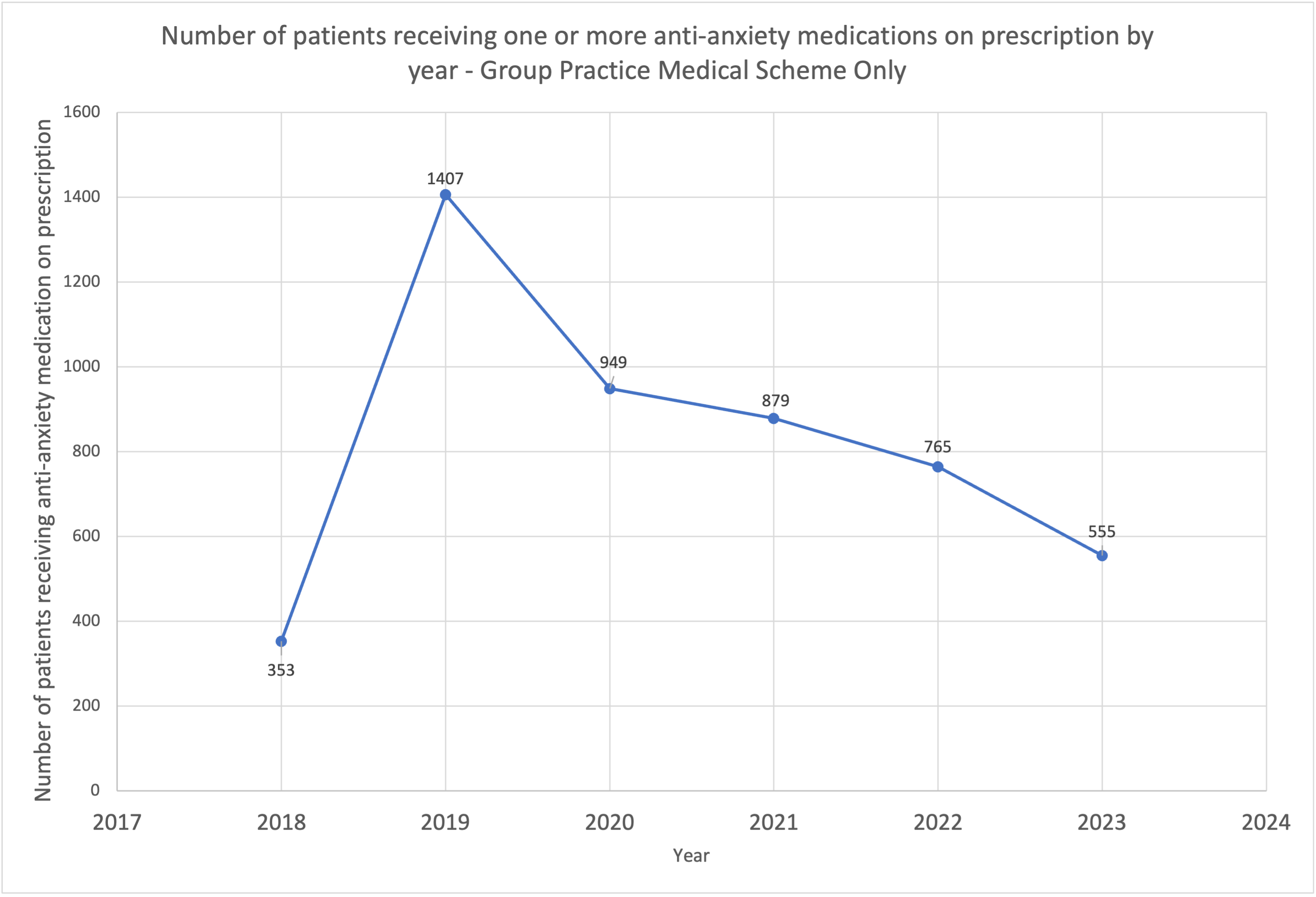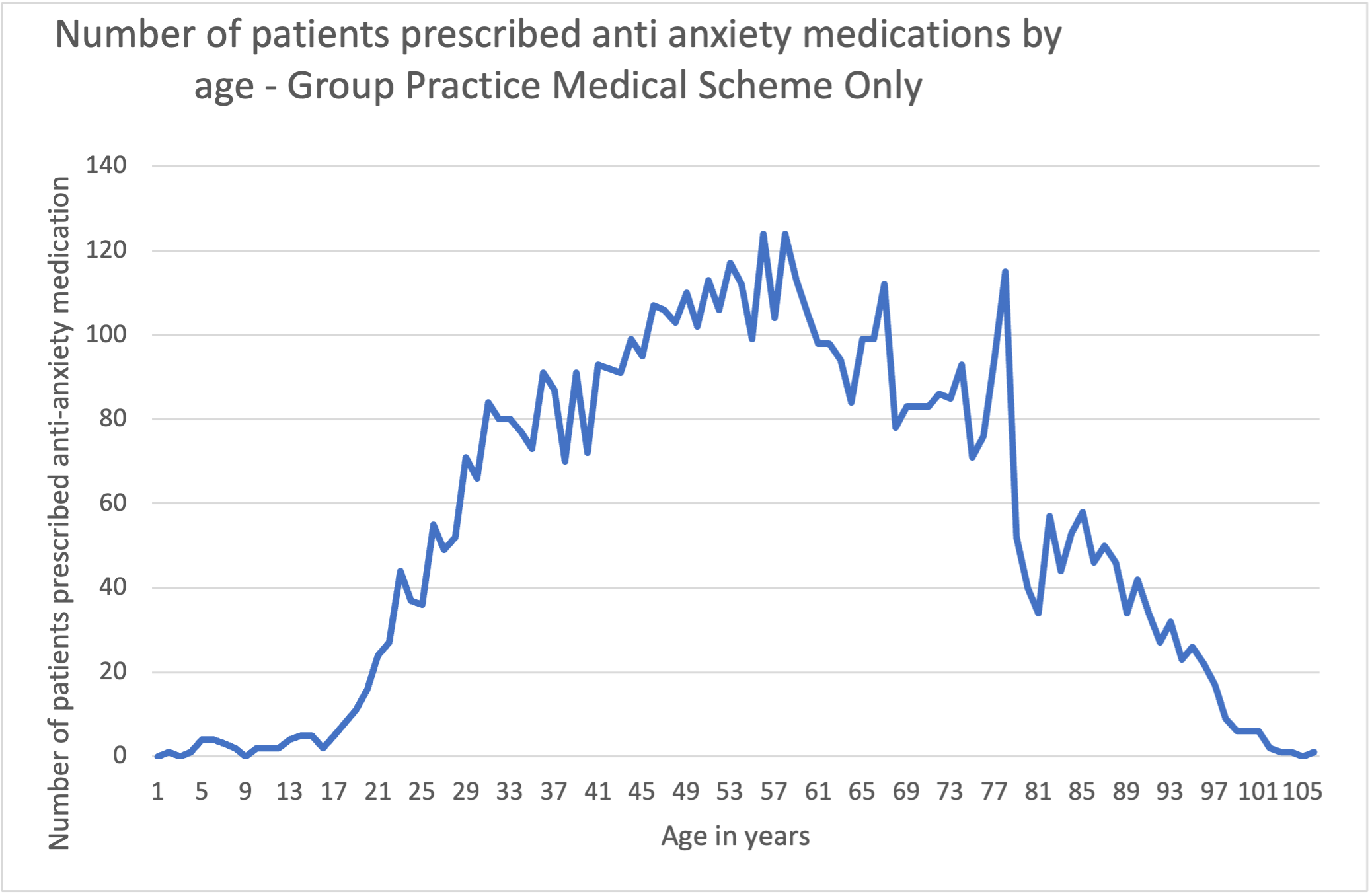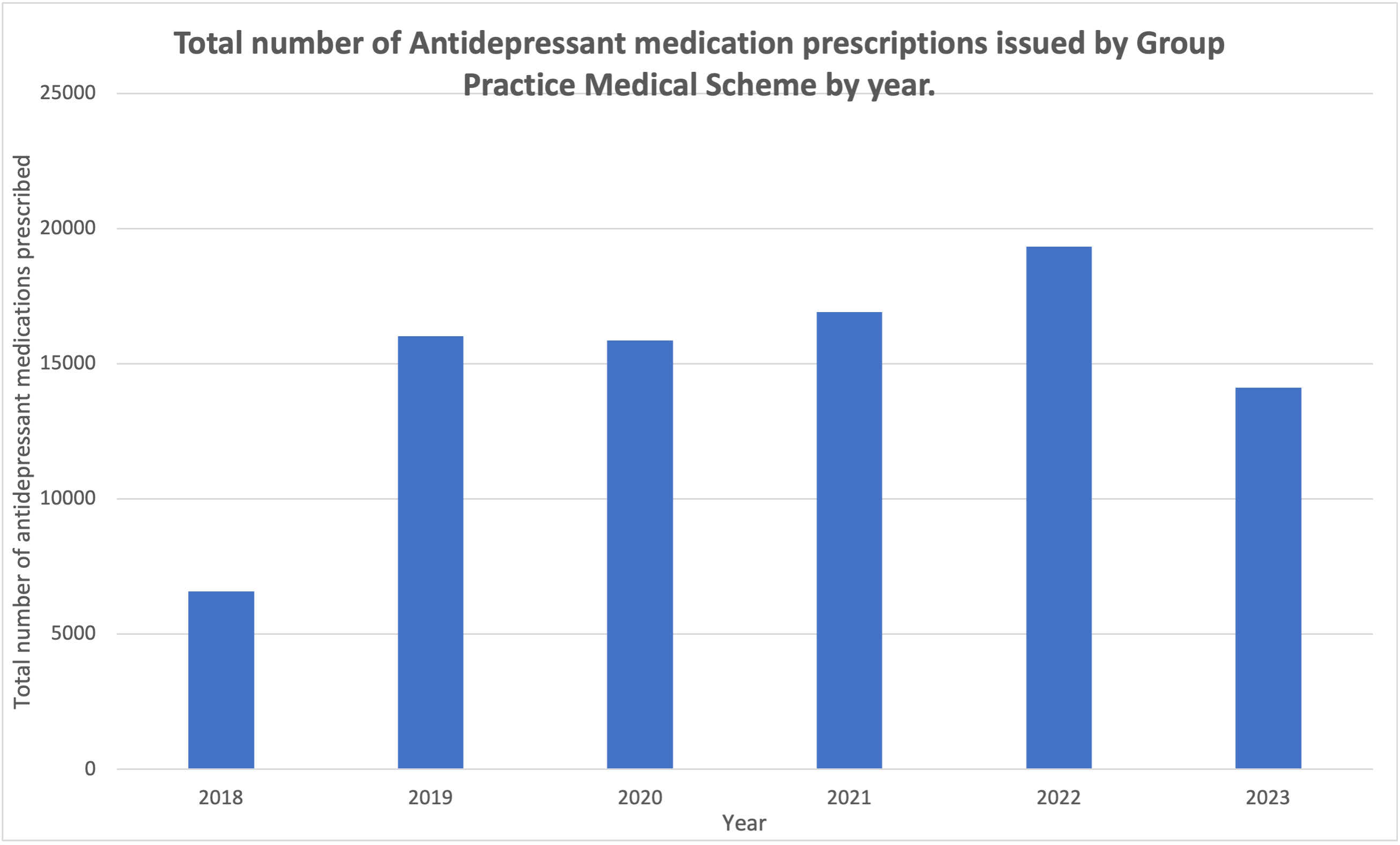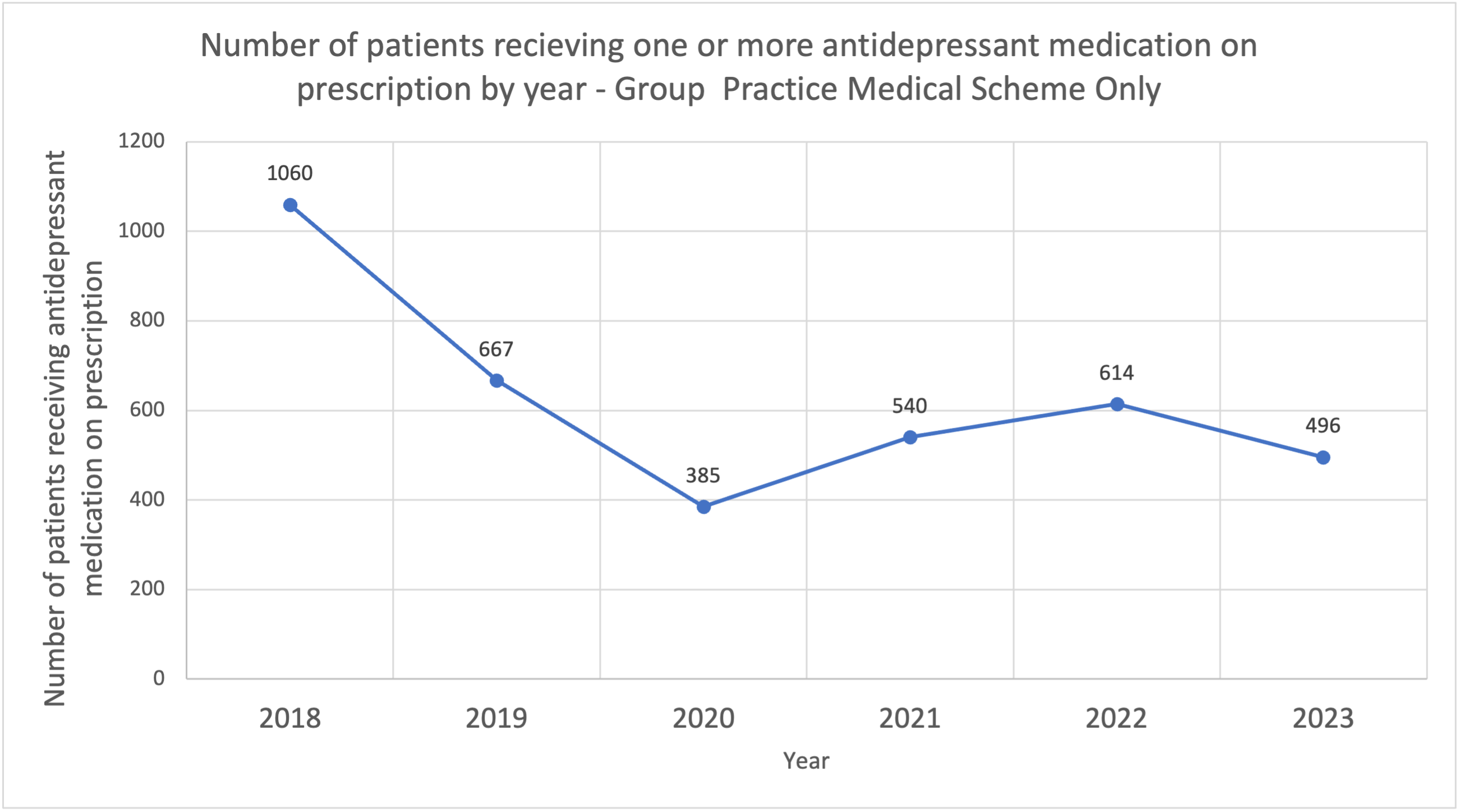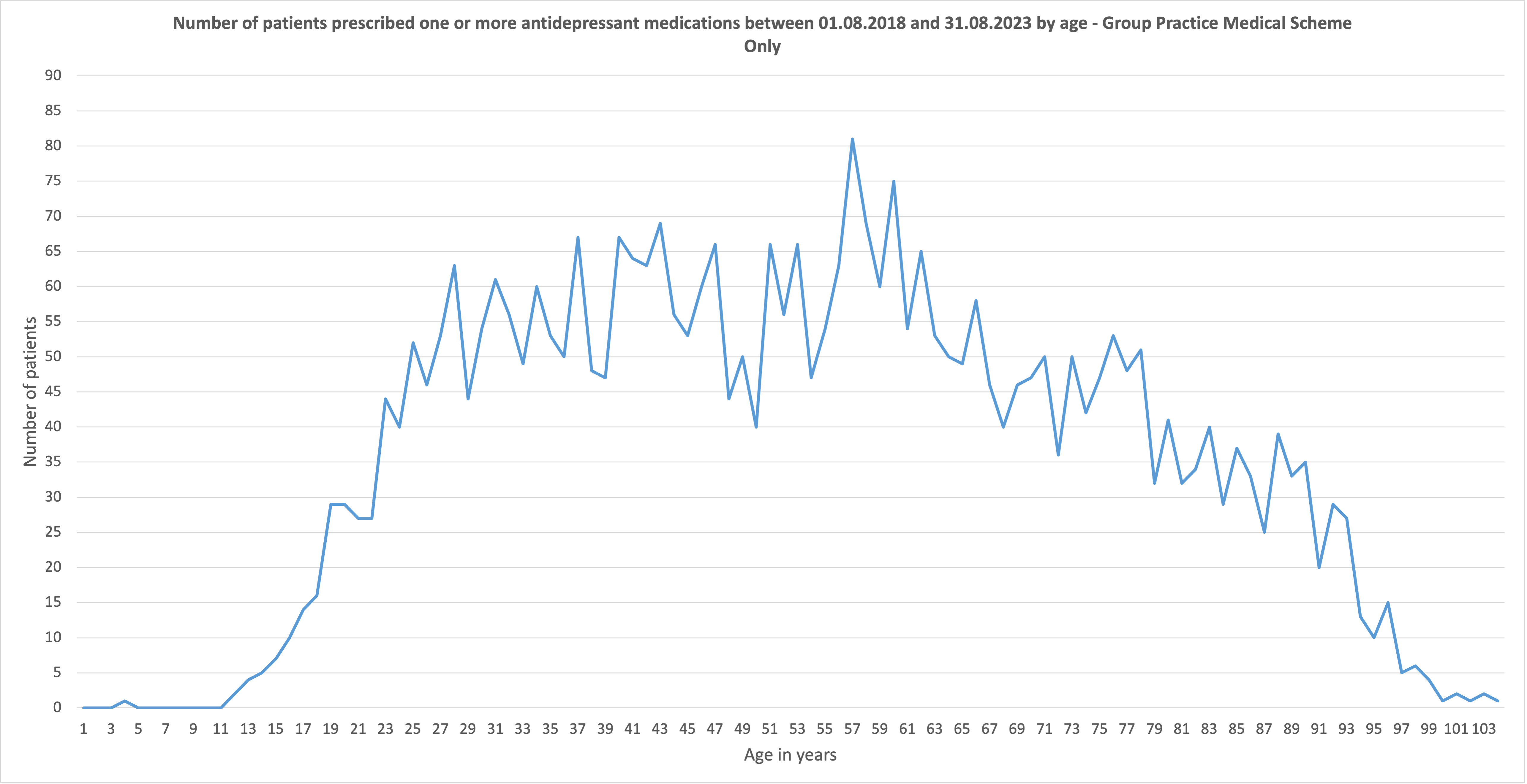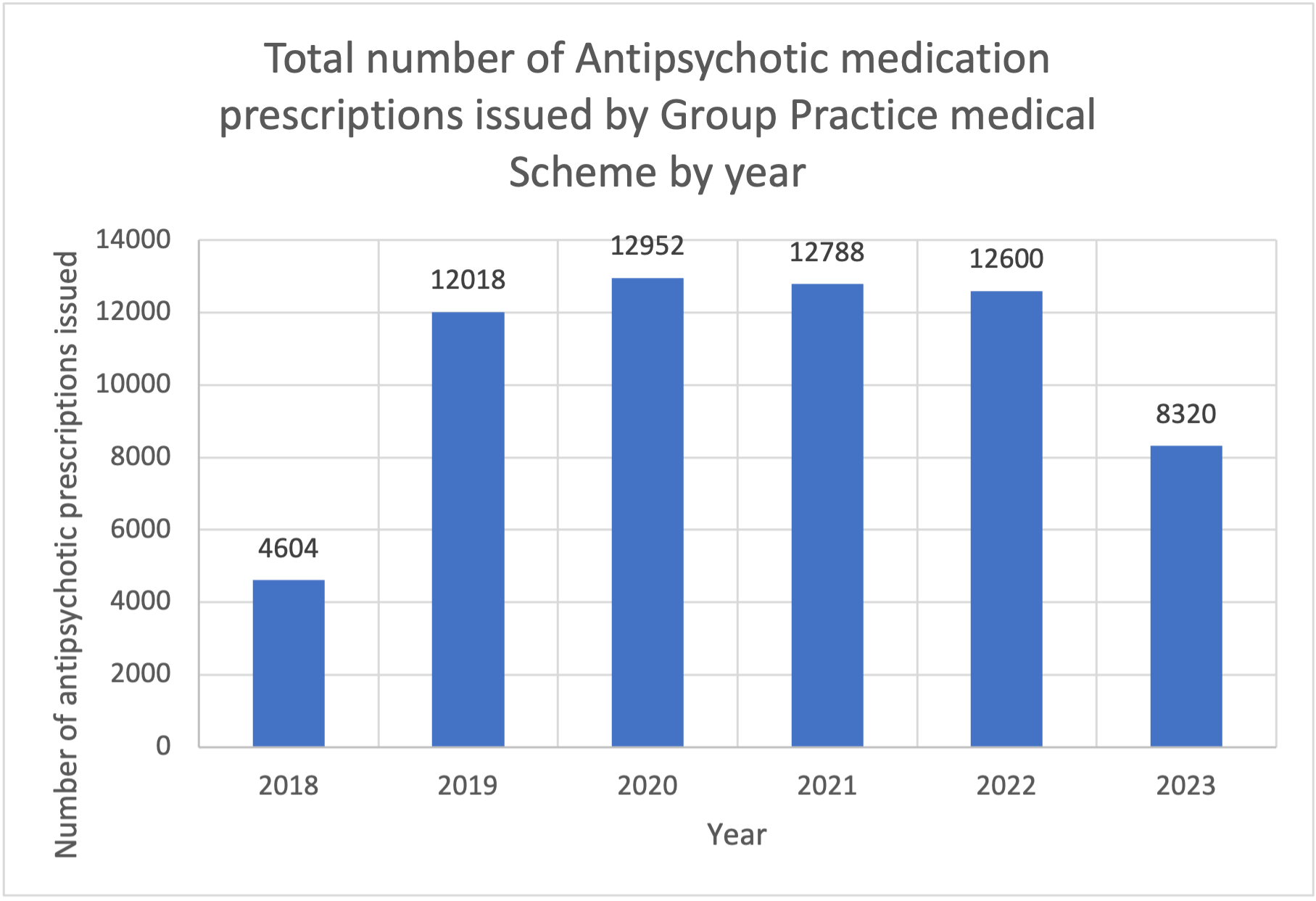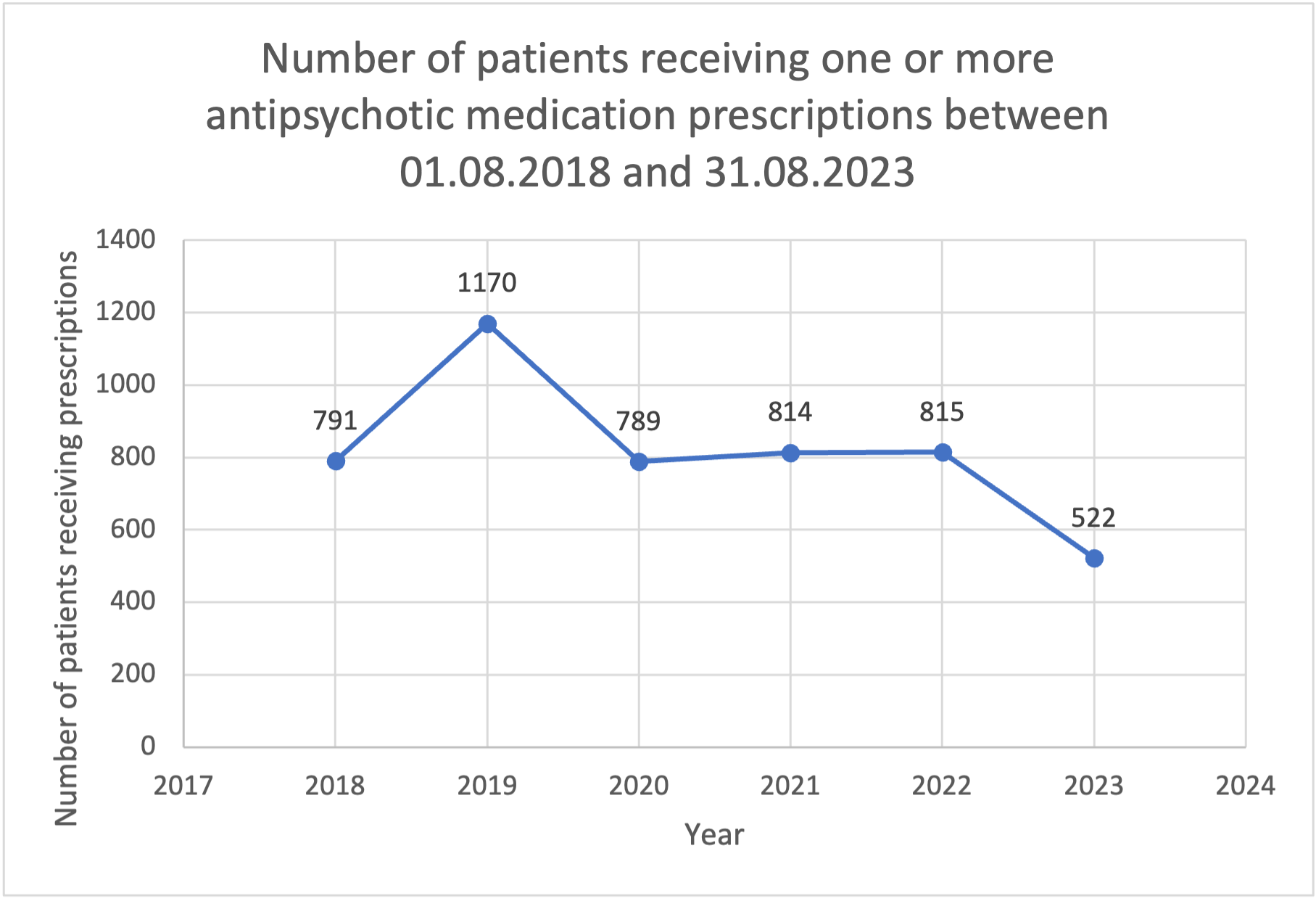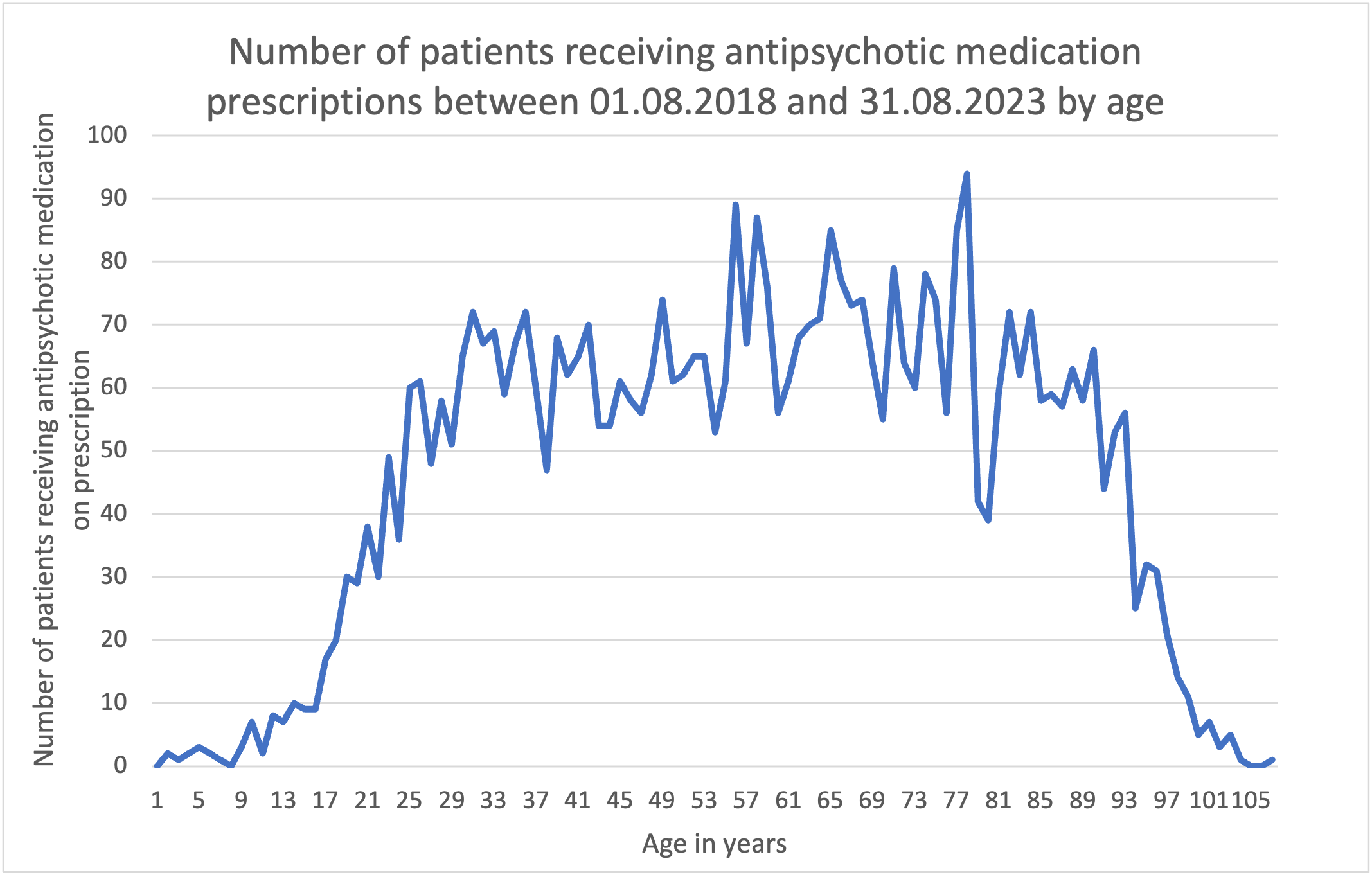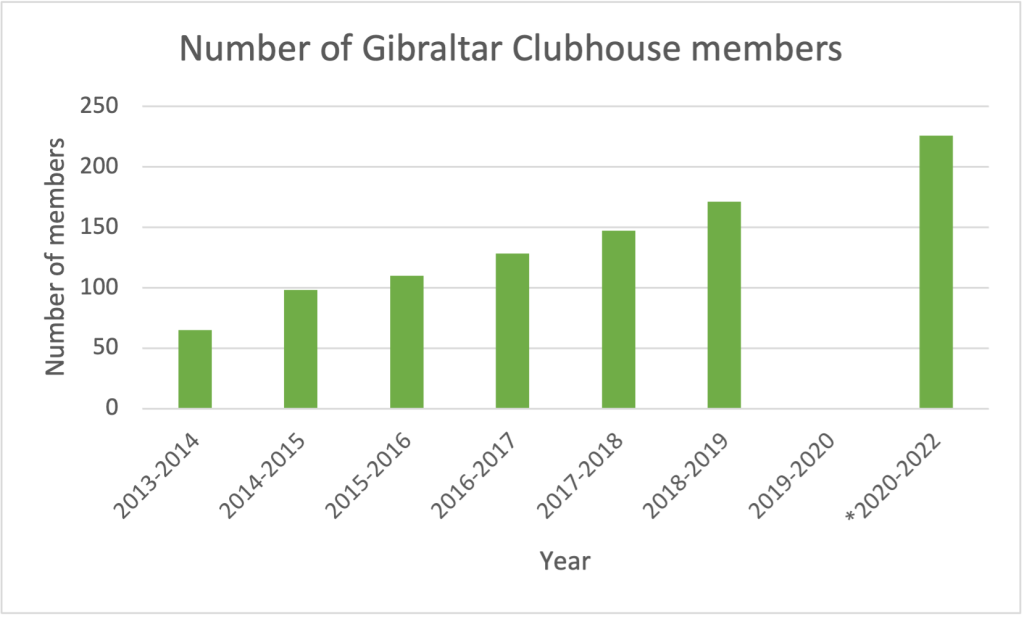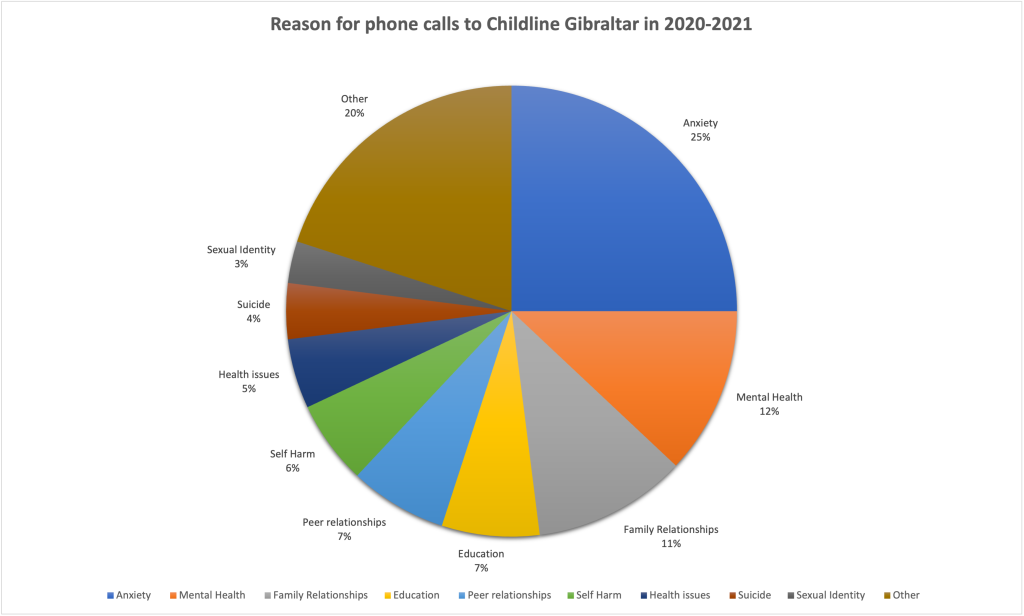Mental Health & Wellbeing
Mental health conditions are increasing with 970 million people worldwide suffering from a mental health or substance abuse disorder. Around 20% of the world’s children and adolescents have a mental health condition, with suicide the second leading cause of death among 15-29-year-olds. Approximately one in four of us will experience a mental health need at some point in our lives. Having access to the right treatment and support is a key aspect to recovering. This section of the Joint Strategic Needs Assessment aims to assess mental health data within the local population to help the relevant bodies understand future needs.
The Gibraltar Health Authority has a multidisciplinary team of clinicians experienced in supporting and treating people with mental health needs in a range of settings. This includes GPs working in the Primary Care Centre, Counsellors, Nurses, Psychologists, Psychiatrists, Occupational Therapists and Approved Mental Health Professionals working in the Community Mental Health Team. Mental health in Gibraltar is supported by various charities who work to strengthen resources within our community.

